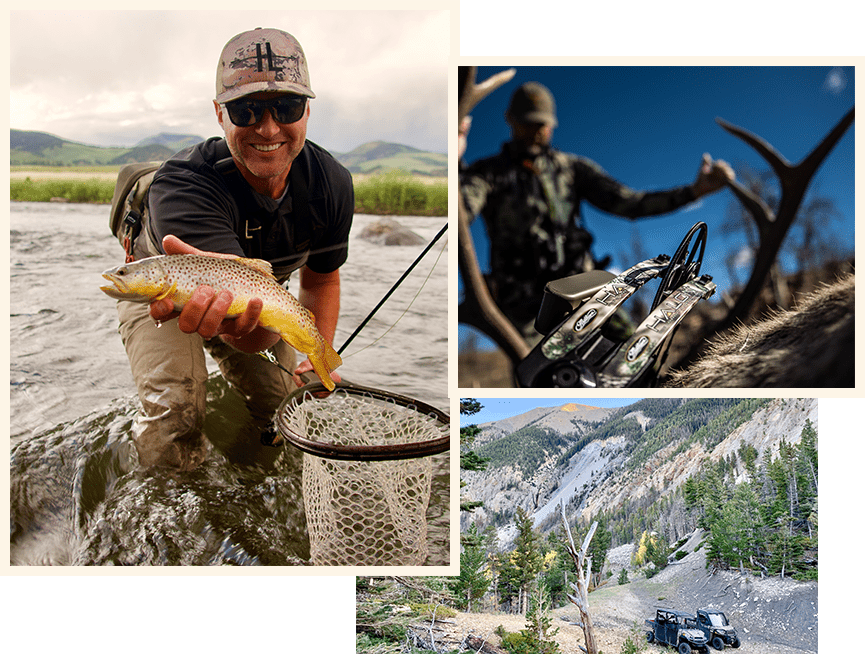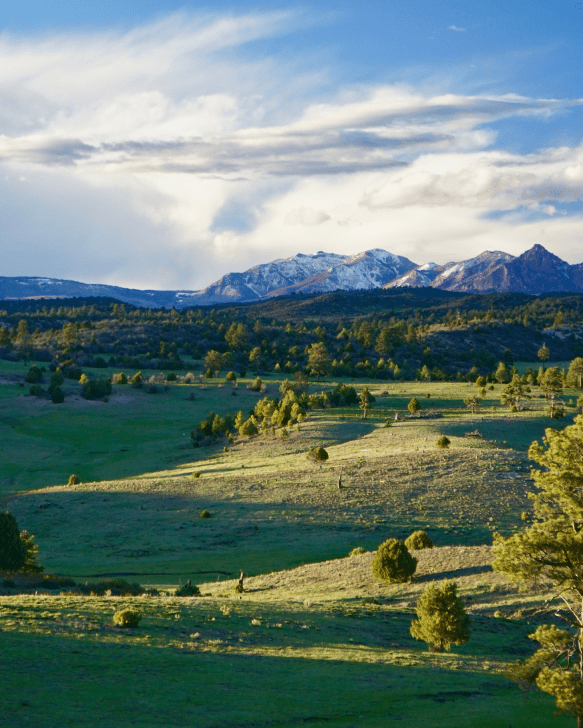The thrill of turkey hunting isn’t just a Midwesterners reality, or a Southeasterners spring pastime. The Rocky Mountain West is home to a few subspecies of wild turkeys. And, if you’re in the ranch real estate market, and turkey hunting is a passion, you’re in luck.
A host of western ranches for sale are home to quality wild turkey habitat. More importantly, these ranches are close to or even adjacent to thousands of acres of public land. This means turkey hunting opportunities for ranch owners and investors are plentiful.
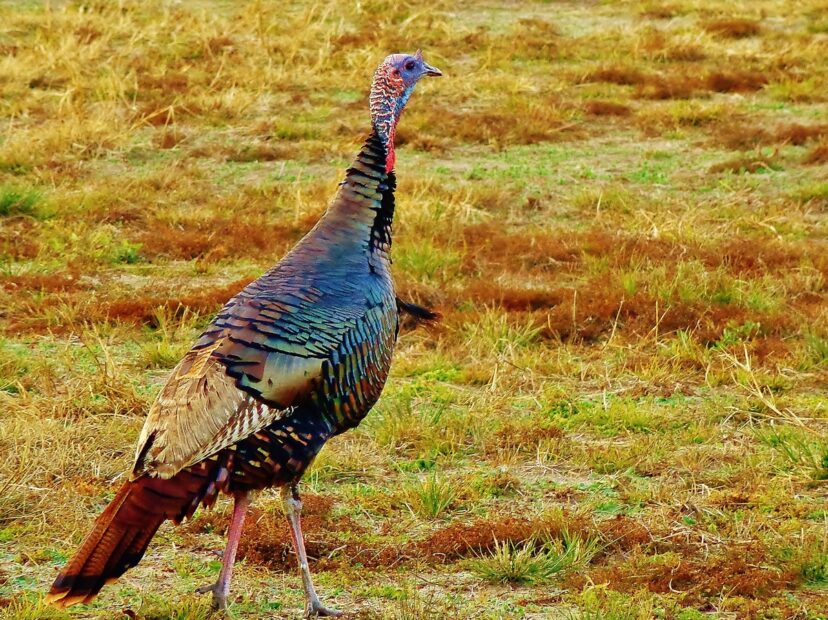
Photo by Olin Gilbert
‘Tis the season
Turkey season in most of the Rocky Mountain West is happening now. And, in most states, it will last through mid-May. If you’re a turkey-hunting aficionado, you likely put in for your tag or purchased a tag over the counter months ago.
Now, your challenge is punching that tag and bagging your spring gobbler. While it can be a challenge, for season hunters, bagging a big tom is hardly impossible. If you’re an elk hunter, you’ll likely recognize the work that goes into spring turkey hunting. You’ll put miles on your boots and you’ll likely see some amazing country.
And, if you’re lucky, you’ll bag a bird before the season comes to an end.
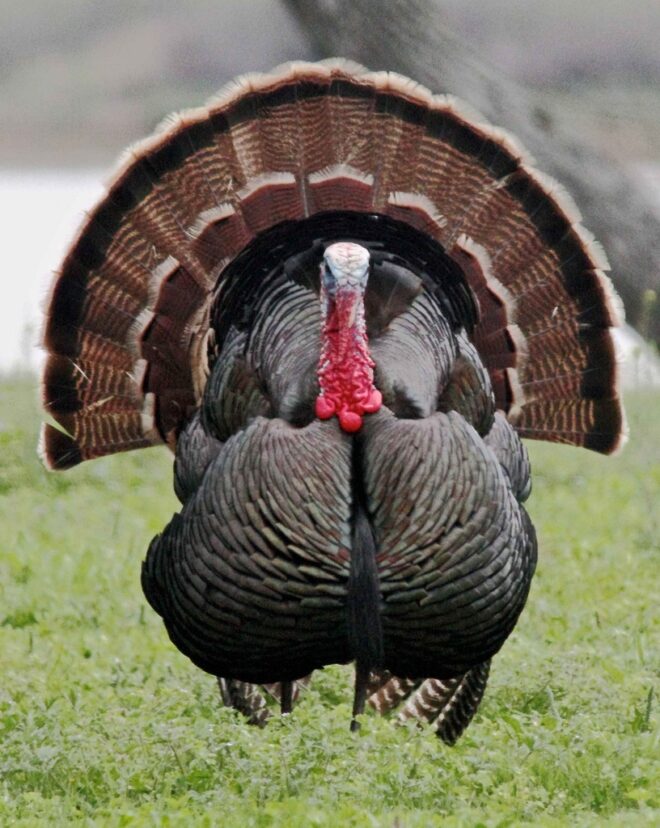
Prime habitat
To bag a turkey, you first have to find them. And that means you’ll need to understand where the birds live and what habitat they use. Rio Grande turkeys are found from Wyoming south to Texas. They generally prefer bottomland habitat with access to water. River bottoms with cottonwood or scrub oak forests are ideal for these birds.
While they aren’t native to the northern Rockies, they have been transplanted to most western states. They can happily survive at elevations up to 6,000 feet, and they are increasingly common.
Merriam’s turkeys are hardy souls, and they can be found in varied habitats throughout the Rockies. This subspecies is native to New Mexico, Arizona and Colorado. They have been successfully transplanted all over the West.
Merriam’s turkeys thrive in the ponderosa forests of the West, from New Mexico north to Montana. This is the prime turkey subspecies in the West. These are the birds that will make you work in order to bag one.
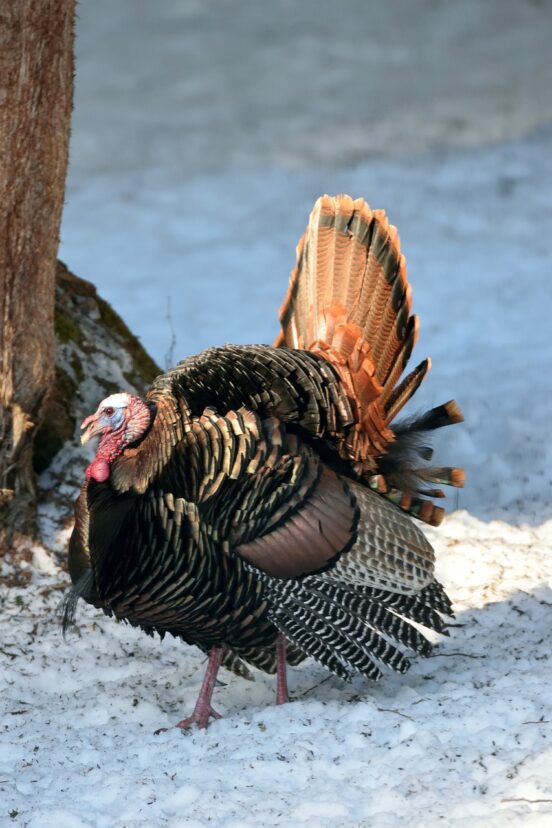
Photo by Diane Olivier
It all starts with scouting
If you’re an elk or mule deer hunter in the Rockies, you know that the hunting season really starts before the official opening date. You know that you need to put in the time to scout for your quarry. And when you find them, you need to know where they go and when.
For turkeys living on ranch real estate or on public lands adjacent to ranches in the West, the game is the same. Smart turkey hunters will have been out looking for these crafty birds weeks ahead of the spring opener. By the time the season rolls around, they’ll have already put miles on their boots, ATVs or mountain bikes.
For beginning hunters, turkey hunting may not seem all that difficult. At least not at first blush. In February and March, most turkeys, including the nomadic Merriam’s, can easily be seen congregating in lowland areas. Often, they’ll gather on private lands in low-lying valleys where they wait out the worst of winter.
But, once the south-facing slopes start to shed winter snow, the birds are on the move. Finding them and understanding their routine is key to bagging a spring turkey, particularly a Merriam’s turkey. This is considered one of the most difficult trophies in hunting.
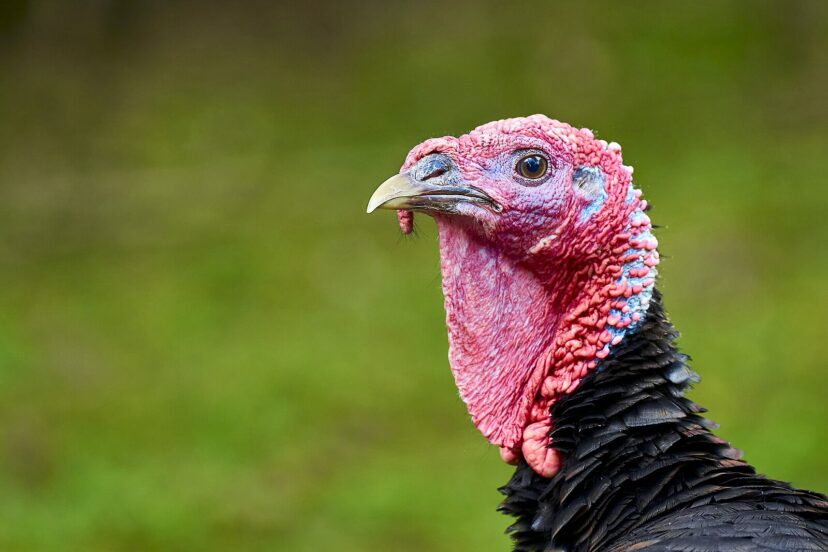
Wikimedia Commons photo
The all-important call
When hunting spring gobblers, the ubiquitous turkey call is vital. If you’re after Merriam’s turkeys, one of the best ways to find birds while you’re wandering the slopes and forests of the Rockies is to let a call rip every time you crest a ridge.
Merriam’s turkeys are very vocal. If they’re close and hear a hen call, most toms will respond.
If you’re hunting Rio Grande turkeys, and you’ve done your homework, you likely know where the birds are. These big toms aren’t as wide-ranging as Merriam’s, so you can pick a spot, don your camo and start calling. Try and be set up before first light, and start calling just as the sun peeks out.
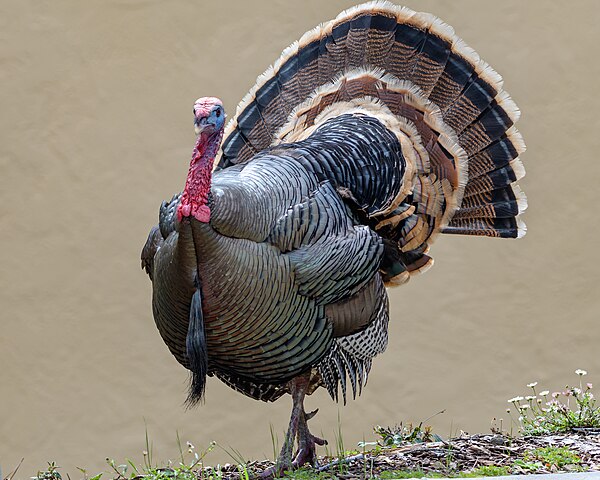
Wikimedia Commons photo
Final word
Turkey hunting on ranch real estate is one of the many benefits of owning ranch property. Add to that the proximity of thousands of acres of nearby public land, and turkey hunters in the Rockies are truly blessed.
If you’re an avid turkey hunter looking for ranches for sale, do your due diligence and examine the potential turkey habitat on property you’re considering.
Also, it’s never a bad idea to consult your state’s fish and game department. Often, these state agencies will have maps of known turkey habitat. This can be a huge help when you’re looking for ranches for sale.
And, once you’ve in the woods and doing what you love most, consider your quarry. Merriam’s turkeys are the wanderers of the turkey clan. Rio Grandes will also travel, but, generally speaking, they’re more dependably found in the habitat they prefer.
Once you find the birds and call in that proud tom, the rest is up to you.

